KIT contributes to the research program "Changing Earth - Sustaining our Future" in the Helmholtz Research Field Earth and Environment.
The atmosphere is the Earth's thin protective layer that shields us from harmful radiation, moderates temperature differences, and redistributes thermal energy, water, and pollutants: Almost all life depends on it. This protective function is maintained by delicate balances and is vulnerable to global changes in climate and land use. The main drivers of climate change are the radiative effects of greenhouse gases and aerosols, which affect the composition and impact of the atmosphere on all aspects of societal activities.
We are developing seamless observational and modeling techniques to unravel the complex interactions of climate change between the atmosphere, land surface, and ocean. As focal areas, we are investigating changes in air quality - globally and in urban areas - the internal causes and effects of climate change through feedbacks, and what kinds of weather and extremes we will need to prepare for in the future. Advances in these areas are paramount for reliably assessing the state of the Earth system and for predicting and projecting global changes on our future living conditions.
[more]
Our research follows a holistic approach: we develop cross-scale observational and modeling solutions for improved atmospheric forecasts and regional climate projections with unprecedented resolution. We strive to observe, understand, and predict atmospheric phenomena and process chains from their origin to climate change impacts in the atmosphere, particularly in their interactions and feedbacks with the land surface, biosphere, cryosphere, oceans, and near-Earth space. Through our work, we can assess the physical, chemical, and socio-ecological consequences of atmospheric change and its impact on climate, extreme weather, and land ecosystem functioning.
In doing so, we increase knowledge to address societal challenges such as global warming, growing world population, land use change, air quality, water availability, and energy and mobility change. Our atmospheric and climate observation and modeling activities provide the scientific basis of sustainable development strategies for the benefit of society, ecosystems, and climate mitigation and adaptation combined with economic risk reduction.
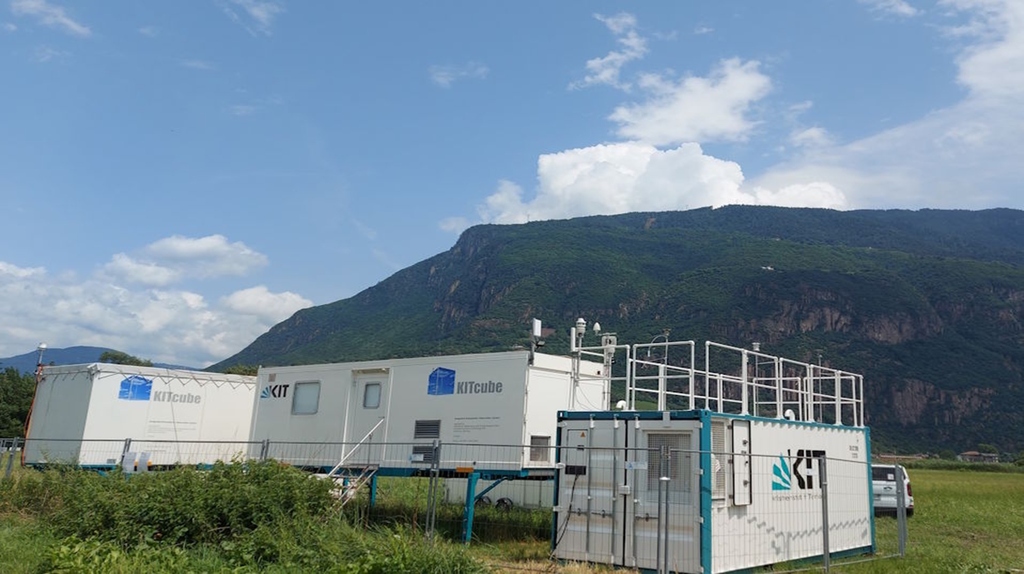
An international consortium of scientists studies the atmospheric exchange processes, dynamics, and chemistry in the alpine region from southern Germany to northern Italy in the TEAMx project. From June to July of 2025, we will contribute dedicated measurements of trace gases, aerosol particles, and ice nucleating particles to better understand their concentrations, composition, sources, and impact on air quality, clouds, and the formation of strong convection.
more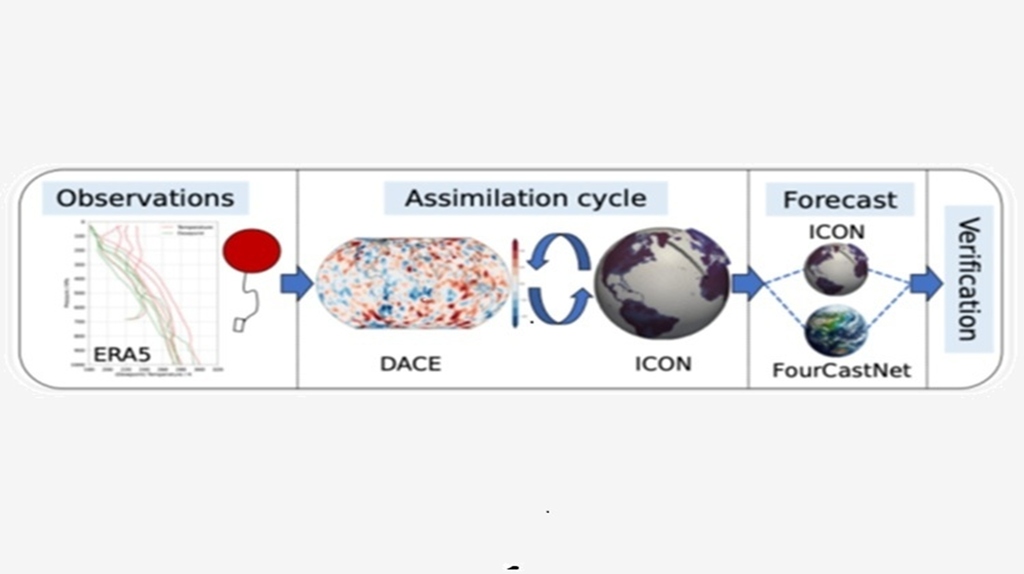
The newly established TEEMLEAP testbed enables fair and systematic intercomparisons between numerical and machine-learning forecasts
more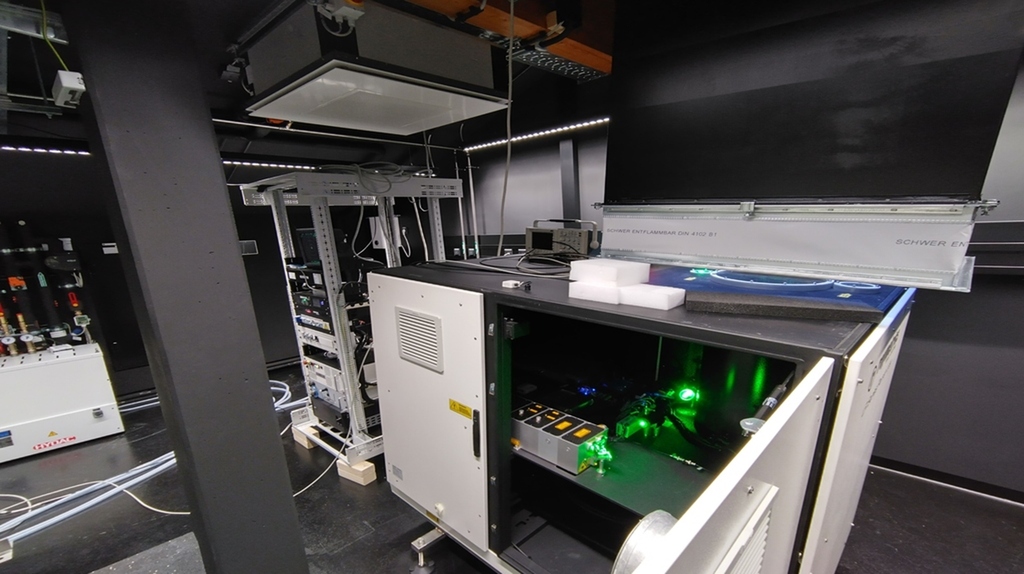
Current measurement data from the measurement campaign on exchange and transport processes in the atmosphere over the Inn Valley, the Adige Valley, the Alpine crest between and the Alpine Foreland in Germany.
more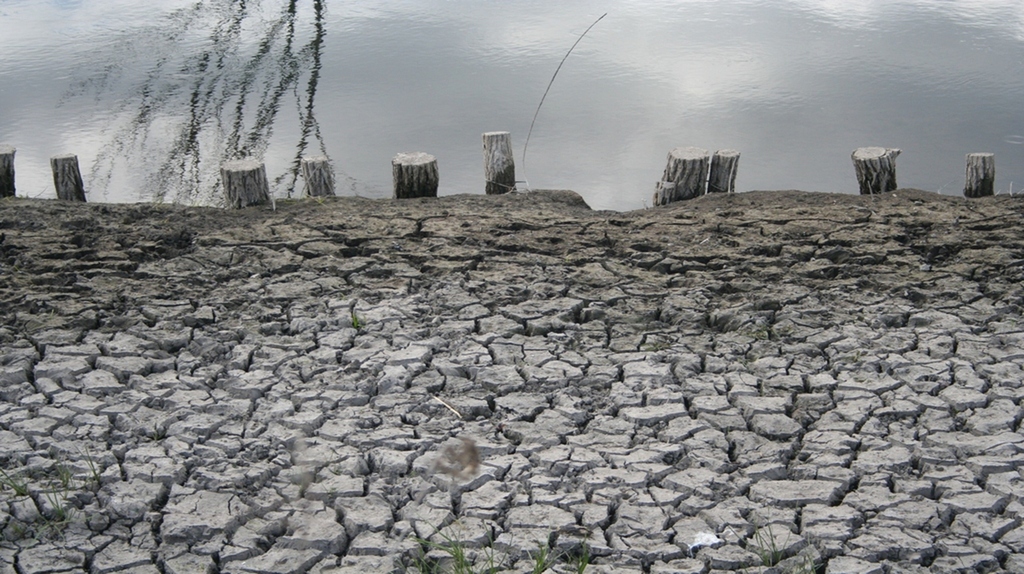
Prof. Dr. Harald Kunstmann in a Tagesschau interview about the climate extremes flood and drought. Adaptation mechanisms, regional differences, predictions and the sequence of extreme events. Forwarding to Tagesschau.
more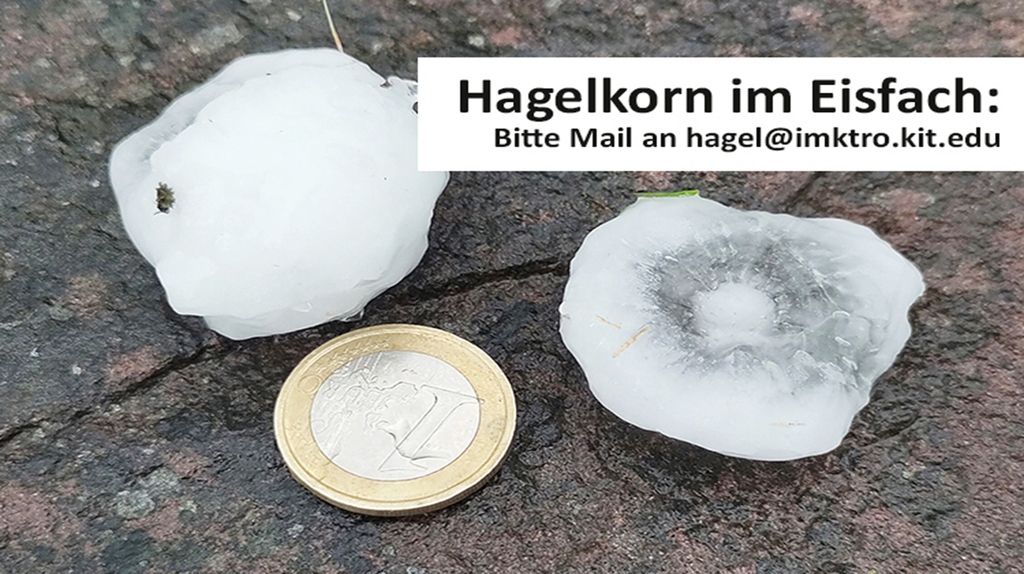
Hailstone in the freezer: Please send an email to hagel@imktro.kit.edu
more
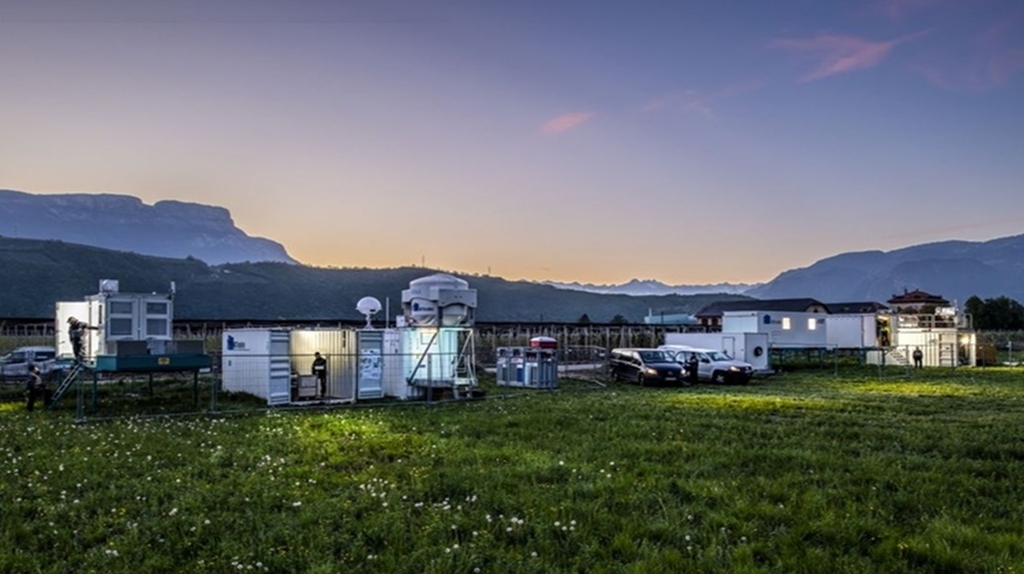
Weather research: International field campaign aims to better understand air exchange processes over the Alps
more